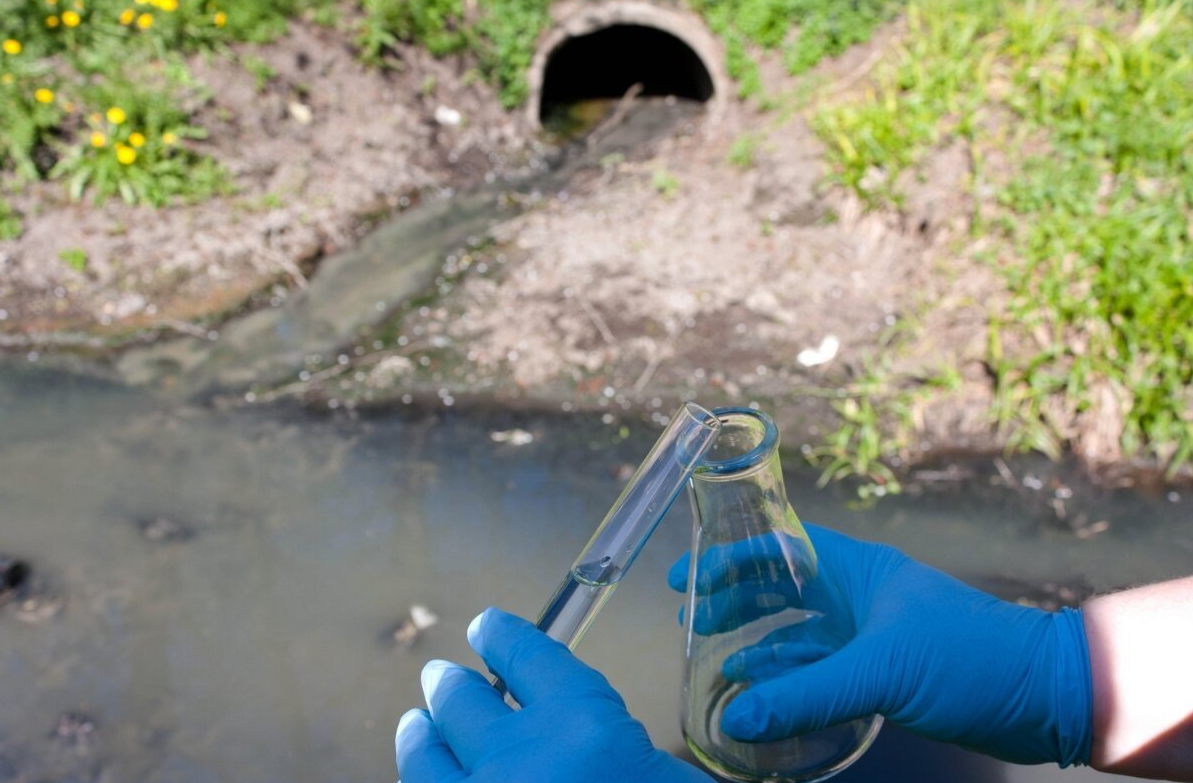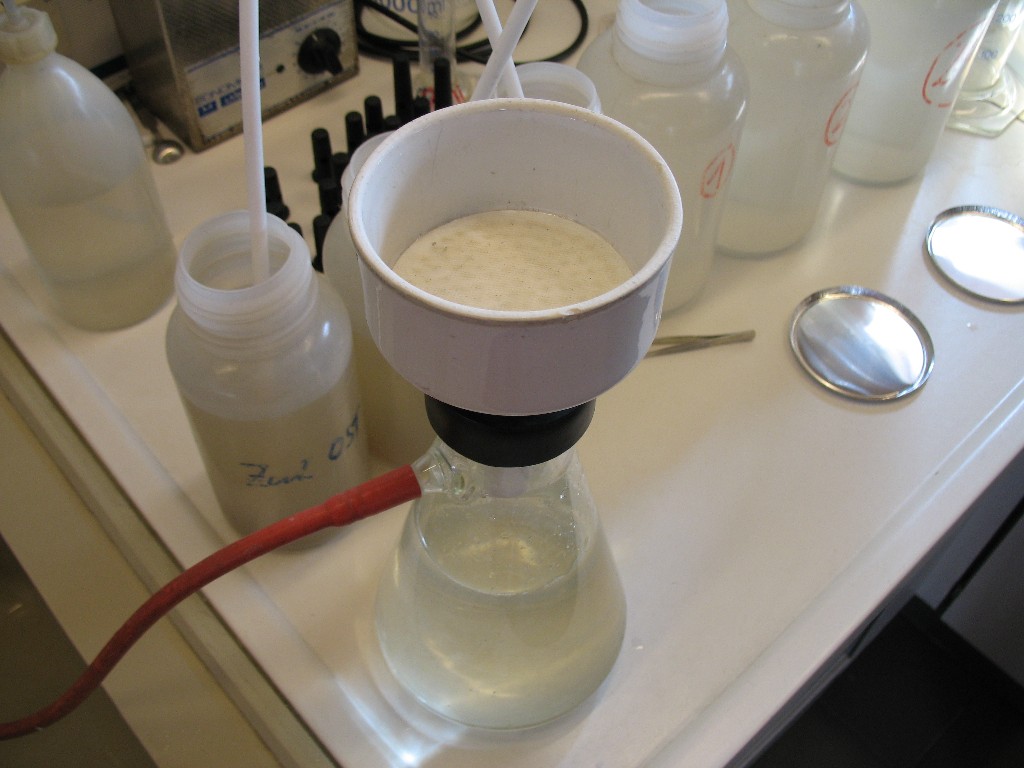The gravimetric method to detect the total silicon content in water is to evaporate a certain amount of acidified water sample to dryness, and then use hydrochloric acid to convert the silicon compound into colloidal precipitation. After dehydration, filtration, washing, burning, constant weight, etc. the weight of. Under normal circumstances, ions in natural water and cooling water do not interfere with the determination. The minimum detection content of this method is 5.00 mg/L, and water samples below this content can be detected with a spectrophotometer.

1. Constant temperature water bath
2. Electric heating plate or far infrared heating plate
3. High temperature furnace
4. Drying box
5. Analytical balance
6. Concentrated hydrochloric acid
7. Hydrochloric acid solution (1+49)
8. Silver nitrate solution 5%
9. Concentrated hydrofluoric acid
10. Concentrated sulfuric acid

1. Take enough water sample, filter it with medium-speed quantitative filter paper, discard about 50mL of filtrate initially flowing out, and then collect the water sample.
2. Take a certain volume of water sample, add concentrated hydrochloric acid according to the ratio of 500mL water sample to 2mL concentrated hydrochloric acid, and after mixing, add the water sample to a 250mL hard glass beaker one by one, and slowly evaporate on the electric hot plate (not boiling is appropriate). ). When the water sample is concentrated to a significantly reduced volume, acidified water sample should be added in time, and this operation is repeated until all the water samples are concentrated to about 100mL.
3. Move the beaker into a water bath and continue to evaporate to dryness. Then 5 mL of concentrated hydrochloric acid was added each time, and repeated evaporation to dryness three times. Move the beaker together with the evaporation residue into an oven at 150-155°C for 2h.
4. Take out the beaker from the oven and cool it to room temperature, add 5 mL of concentrated hydrochloric acid to wet the residue, and add 50 mL of secondary reagent water. Heat to 70-80℃, stir and scrub the inner wall of the beaker with an eraser stick, and scrub off the precipitates adhering to the wall. Filter while hot with medium-speed quantitative filter paper, wash the precipitate and filter paper 3-5 times with hot hydrochloric acid solution (1+49), after the filter paper turns white, use secondary reagent water at 70-80°C to continue washing until the filtrate is free of chloride ions So far (check with 5% silver nitrate solution).
5. Put the filter paper together with the sediment in a crucible with constant quality, carbonize it completely on the electric furnace and then transfer it to a high temperature furnace, and burn it at (950±50)℃.
6. Take out the crucible from the high temperature furnace, place it for 3 minutes, move it into a desiccator, and weigh it quickly after placing it for 15-20 minutes.
7. Burn for another 0.5h at the same temperature, and weigh quickly after cooling. This is repeated until the residue mass is constant.
Finally, the content of all silicon in the water sample was calculated by the corresponding formula.
最新动态
相关推荐